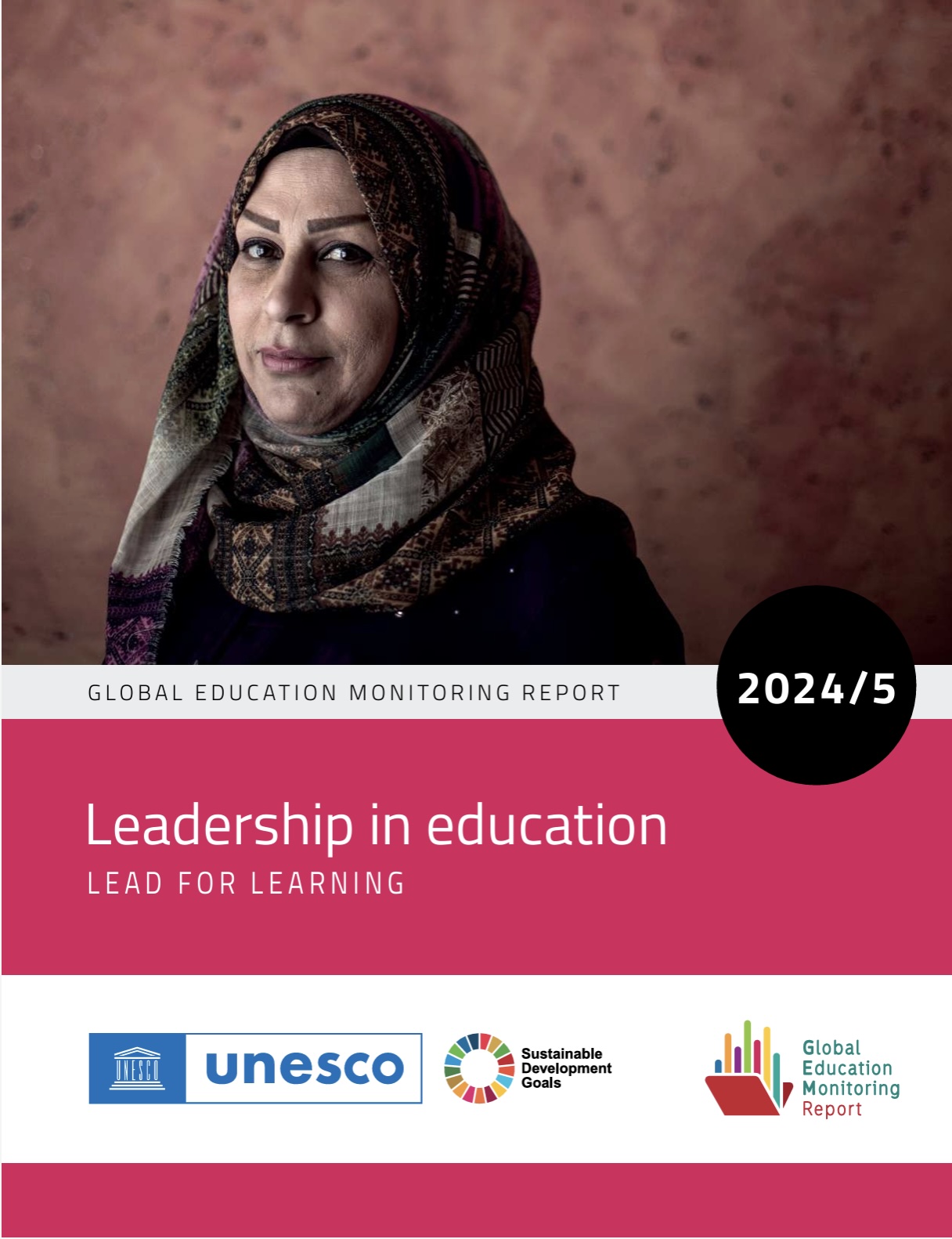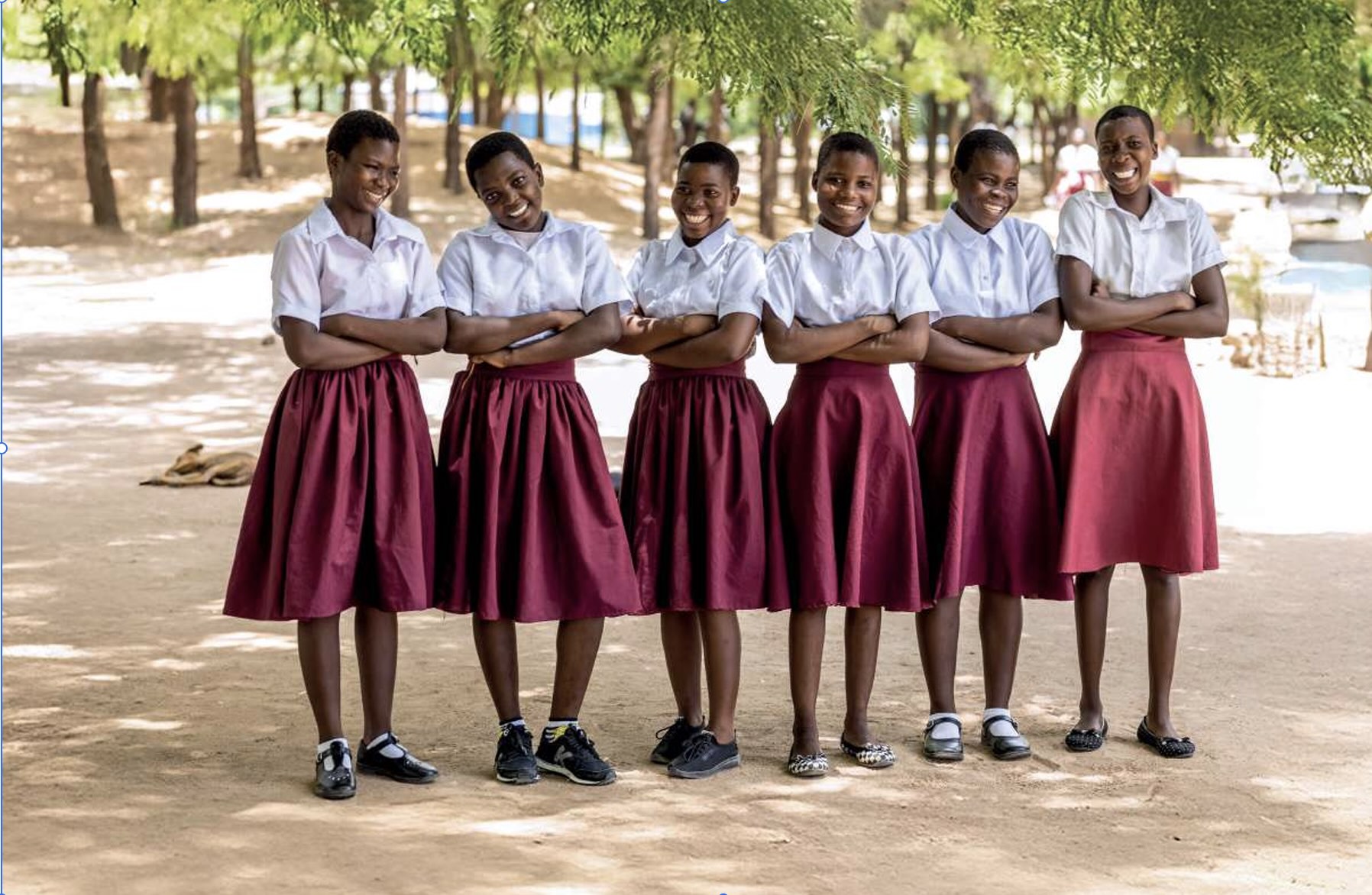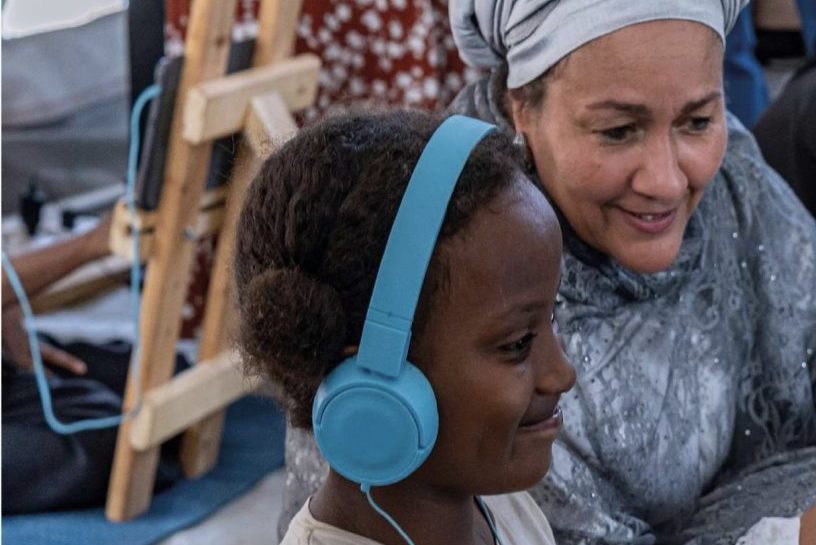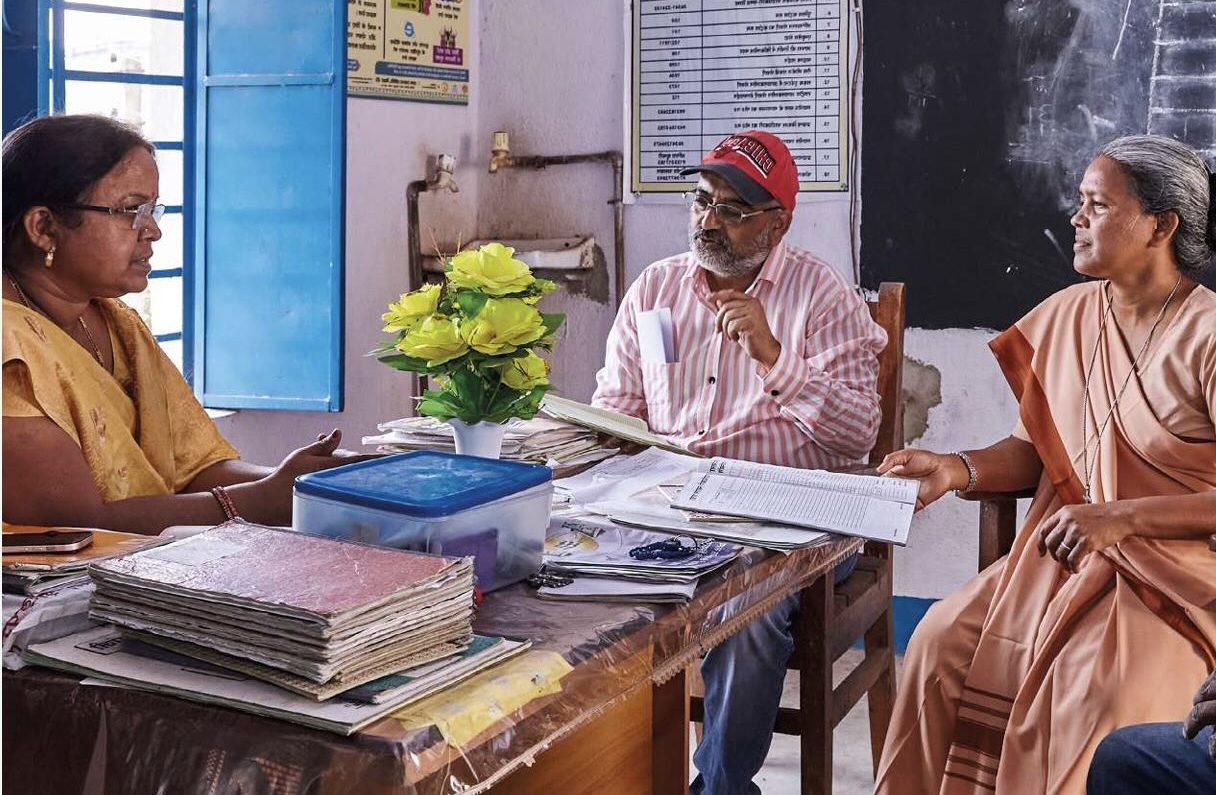by Ana Moreno Salvo

The GEM Report (Global Education Monitoring Report) is an annual UNESCO publication that analyzes global progress toward achieving Sustainable Development Goal 4 (SDG 4) on quality education. The 2024/2025 edition, titled “Leadership in Education – Lead to Learn,” focuses on the crucial role of educational leaders (principals, administrators, policymakers, etc.) and how their practices and policies affect learning outcomes and equity. The report calls for greater investment in school leadership and system-level leadership, through fair selection processes and career pathways that recognize the broad scope of their role. It also argues that leadership is most effective when it is shared and distributed.
Why is it that, after a decade of effort, some children still never set foot in a classroom, and many systems fail to move forward?
The new Global Education Monitoring Report (GEM) 2024/25 points to an uncomfortable yet powerful answer: educational leadership. Here we summarize the 10 most striking—and actionable—findings for school leaders, policymakers, and educational communities.
1 Without leadership, there is no sustained improvement
When leadership fails, the rest can hardly make up for it. The GEM reminds us that there are no schools that improve student outcomes without a good leader showing the way. Evidence also places leadership—at principal, middle, and teacher levels—as the second most influential in-school factor affecting student learning, just after teaching itself, accounting for up to 27% of the variance in learning outcomes.
There are no schools that improve student outcomes without a good leader showing the way.”
Why it matters: In times saturated with programs and trends, leadership that orders priorities, provides meaning, and coordinates efforts is a prerequisite for educational change with real impact.
2 Merit is (still) not the rule in leadership selection
Only 63% of countries have open and competitive processes for selecting school principals. Limiting political discretion improves management quality and outcomes; public exams or merit-based recruitment outperform political appointments in leadership competence.
Why it surprises: We tend to assume that leadership positions are awarded on merit, but the global picture reveals a persistent gap between rhetoric and the actual rules of the game.
Only 63% of countries have open and competitive processes to select school leadership.

3 Preparation comes too late: pre-service training is the great forgotten step
Among 47 education systems (mostly high-income) analyzed by TALIS, only 30% of principals had completed specific leadership training before taking office; 24% both before and after; and 34% only after. The differences are stark: in Croatia, 58% had no training in school administration; in Finland, 75% arrived already prepared. Globally, legislation focuses on in-service training (88%), but only 60% mention pre-service and 31% regulate induction.
Why it matters: Leading is a different craft from teaching. Without a proper pathway and a strong induction—mentorship, internship, supervision—the learning curve is too steep… and too costly for the system.

The profession of leading is different from that of teaching.
4 Less pedagogical focus, more administration: the time gap
In 14 middle-income countries, school leaders spend 68% of their time on routine administrative tasks. Across the OECD, pedagogical supervision has declined: peer review dropped from 82% to 68%, and external observations from 77% to 34% (2015–2022).
Why it’s concerning: If leadership cannot see teaching, it cannot guide it. Restoring time—and clear expectations—for instructional leadership is an organizational urgency, not a luxury.
5 Shared leadership works… but training rarely covers it
The GEM delivers a strong message:
“School leaders should not be heroes. Sharing leadership builds better schools.”
Even so, only 18% of leadership programs cover all four key dimensions (setting expectations, focusing on learning, fostering collaboration, developing people). Collaboration is the least addressed (29%). Many policy frameworks already open the game—teacher councils in 81% of countries, parent participation in 83%, community in 62%, and students in 57%—but training does not always follow.
An inspiring example: The Bamboo School (Thailand) involves students in the daily management of the school—a practical lesson in distributed leadership.
6 Measuring to transform: from rhetoric to useful indicators
In 2024, the first Conference on Education Data and Statistics was held, and the SDG4 Scorecard was launched, setting milestones for 2025 and 2030 (with 84% of countries establishing targets). Yet major gaps remain: the functional skills indicator (4.6.1) is under review, and the reading/math at grade 3 indicator (4.1.1a) is still scarce. The GEM suggests improvements and low-cost tools (like AMPL) to report learning outcomes with integrity.
Why it matters: Without reliable data—including on those outside school—policies lose focus and deceive themselves.
School leaders should not be heroes. Sharing leadership builds better schools.

7 The funding curve is falling (and debt is suffocating)
Since 2015, global public spending on education has dropped from 4.4% to 4% of GDP (median), and its share of total public expenditure has fallen from 13.2% to 12.6%. In 2022, international aid for education declined from 9.3% to 7.6% of total aid, and in Sub-Saharan Africa, debt servicing now rivals education spending. Fifty-nine out of 171 countries fail to meet either of the two benchmarks (4% of GDP and 15% of public expenditure).
The challenge: Without predictable and sufficient funding, there can be no school places, no training, and no conditions for leadership to act as a lever for change.
8 Green curriculum: much talk, little reach
The new indicator 4.7.3 on “greening education” shows that only 25% of 76 countries with available data surpass the 50/100 threshold, and “greenness” does not correlate with national income. Green content appears more in lower secondary (Grade 9) than in primary (Grade 3), and more in Science than in Social Studies; in 34% of countries, grade 3 Social Studies has no green references at all. We must start earlier—and beyond Science.
And what about infrastructure? Nearly one in four primary schools worldwide lacks drinking water and basic sanitation: it is impossible to teach sustainability amid water cuts and non-existent toilets.
9 Math anxiety is rising (even where performance is high)
Between 2012 and 2022, math anxiety increased significantly in 37 countries/economies. Paradoxically, some high-performing systems (like Japan) report high anxiety levels. Good news: growth mindset and teacher support are linked to lower anxiety and better outcomes; classroom climate and family support also play a key role.
Why it matters for leadership: Reviewing overly test-driven curricula and fostering a school culture that is both safe and demanding is a leadership decision.

Leadership is needed at every level—from the school to the ministry—with time, trust, judgment, and data that measure what matters.
10 “Teacher shortages” don’t always mean the same thing
The GEM distinguishes between teacher shortages (vacant posts with no applicants) and teaching post shortages (qualified teachers with no positions due to budget constraints). These are different diagnoses requiring different policies: attractiveness and retention in the first case; planning and funding in the second. Brazil shows how two regions with similar student populations can diverge not because of graduates, but because of available posts.
Leadership multiplier effect: When principals are well trained, the return is clear. In Guatemala, a leadership program reduced dropout by 4% at just $3 per student; in the U.S., “principal pipelines” yielded up to +6 percentage points in reading and +3 in math within three years.
Epilogue: Leading with shared purpose
The GEM 2024/25 is unequivocal: while 251 million children remain out of school—a figure reduced by only 1% since 2015—programs alone are not enough. What is needed is leadership at every level—from schools to ministries—supported by time, trust, discernment, and data that measure what truly matters.
Final question for us all:
What will we change tomorrow—in selection, training, time, and distribution of leadership—to ensure that every classroom has a team that leads to learn and a community that sustains it?








